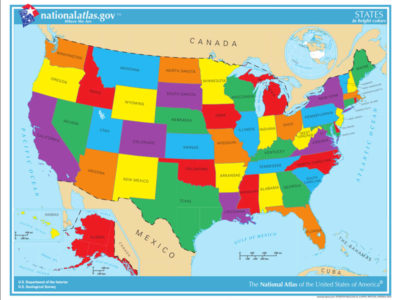The CEQA Poison Pill In SB 607
Weakening the statewide standard of review benefits polluting facilities
For California to meet its climate goals and bring down prices on basic needs like housing, transportation and energy, it will need to dramatically increase infill housing, transit and clean energy facilities, among other projects. Part of achieving that goal involves reforming how environmental review under the California Environmental Quality Act (CEQA) can counter-productively slow permitting for this needed deployment.
But under the guise of that “Lord’s work” (as former Gov. Brown once called CEQA reform), a California senate bill with a lot of momentum is poised to insert a poison pill that would dramatically affect how CEQA treats a wide range of high-polluting projects.
SB 607 (Wiener) contains a number of provisions related to CEQA (which Eric previously discussed), some of which could be helpful to further infill development, such as exempting local rezonings for housing under approved plans. But the one that would fundamentally alter how CEQA applies across the state is its weakening of the standard of review for when lead agencies decide when a project’s impacts are significant enough to merit a full environmental impact report (EIR).
The new standard gives lead agencies – typically cities or counties – a significant amount of leeway in making that call, meaning that if a local government decides that a new industrial facility, highway widening, dairy operation, or other polluting activity (except for oil and gas facilities and distribution centers, which the bill exempts) doesn’t need full environmental review and the mitigation it would entail, the public will have a much harder time challenging that determination.
What’s worse, SB 607 adds a new, untested standard of review for when a lead agency decides to do an EIR, when it’s “more likely than not there will be significant impacts.” This type of standard, apparently modeled on the “preponderance of evidence” standard found in unrelated legal contexts, has never been used in this type of agency decision-making. The result will surely be litigation and much confusion in the courts.
So who will be the real winner from this change in the law, should it pass? Certainly lawyers will benefit as they bill to fight out the resulting confusion in court. And in the long run, polluting facilities will get more free passes. But most especially, county and city politicians will now have major leverage over project developers that they can use to extract all sorts of concessions, payments, and benefits in exchange for not requiring an EIR and giving the public the information and mitigation options that they’d otherwise be entitled to under the law.
Ultimately, the state needs more targeted CEQA reform for projects that benefit both the climate and broad-based affordability in California. For example, a bill in the legislature that just passed unanimously in the Assembly, AB 609 (Wicks) (which Eric also blogged about, as did Jonathan) would provide a significant new CEQA exemption for housing, including for any projects of maximum 20 acres in an urbanized area.
The state should be pursuing more targeted exemptions like in AB 609, not the provision in SB 607 that causes a wholesale weakening of environmental review across the board. As California’s legislature moves in fits and starts to finally address our housing challenges, I hope this part of the bill is amended away.







Reader Comments